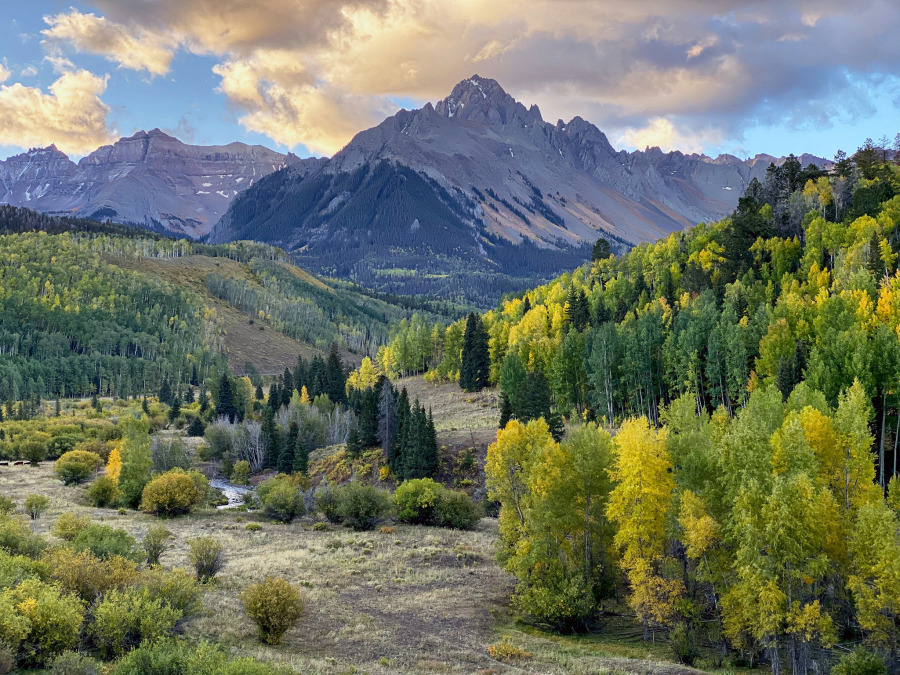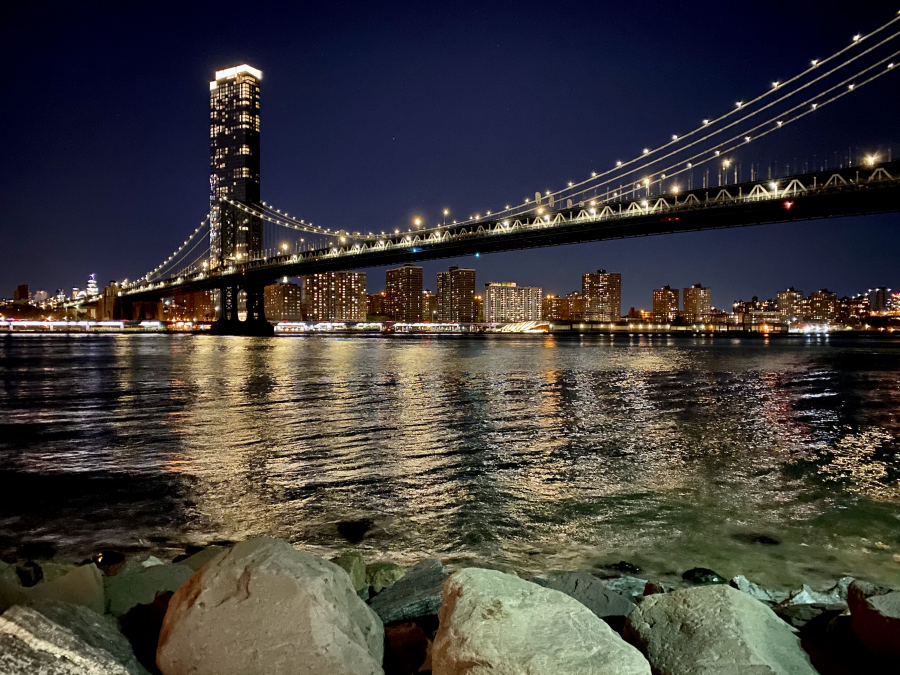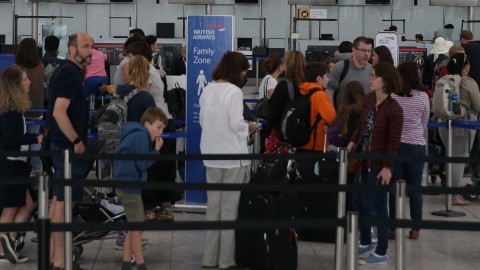For those who love to travel and often capture beautiful scenes, choosing a phone that suits their needs is not easy because the smartphone market is extremely diverse. The following article will provide suggestions for the best smartphones to help you capture every moment of your travel journey.
Huawei P30 Pro
- Great for: Landscapes, auto photography, wildlife photography, manual photography.
- Disadvantages: Poor post-processing in low light conditions, large phone.
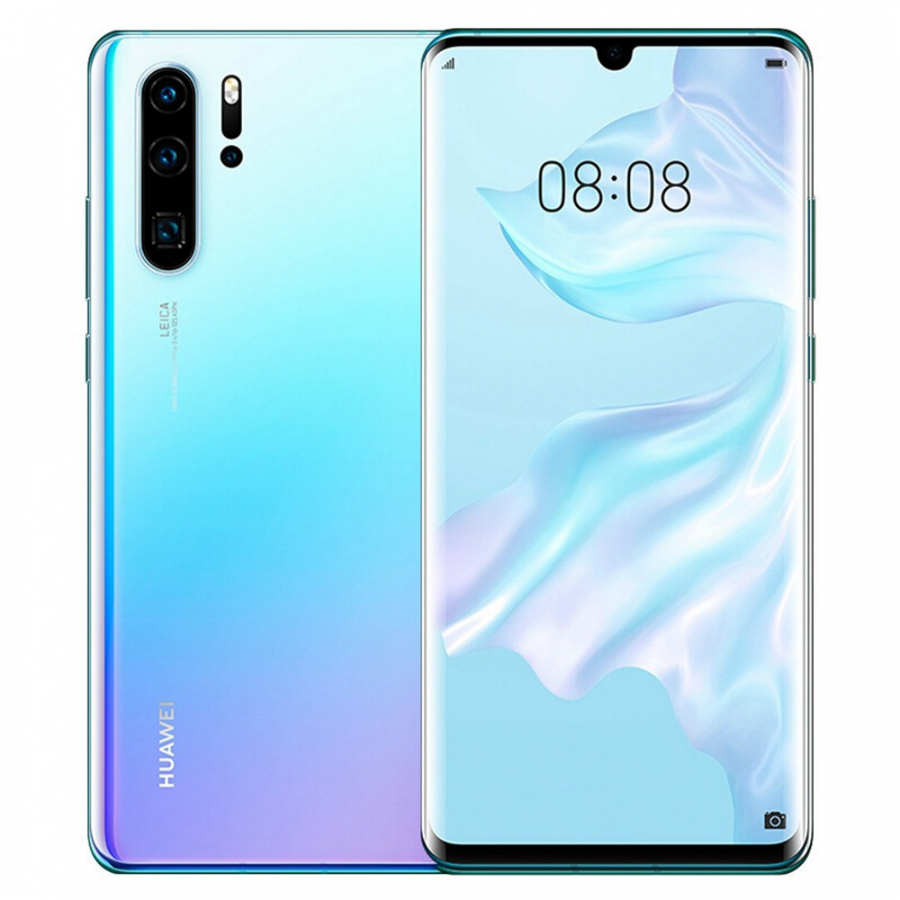
Huawei P30 Pro, the company shows Huawei's broad vision by bringing a series of future features along with the most modern photography technology packed into this luxurious phone. Huawei P30 Pro has three lenses on the back: a super zoom lens with up to 50x zoom, a 40 MP camera lens and a 20 MP ultra-wide angle lens. The combination of these elements and the equipped fast processor creates beautiful photos.
However, users of Huawei P30 Pro still cannot avoid the noise when zooming far and camera shake. To avoid this situation, you can minimize the zoom ability, use a tripod or place the camera on a solid support when taking pictures. The wide-angle lens of this smartphone helps you capture the scene in front of you with a panoramic view from tall buildings or majestic natural scenery.

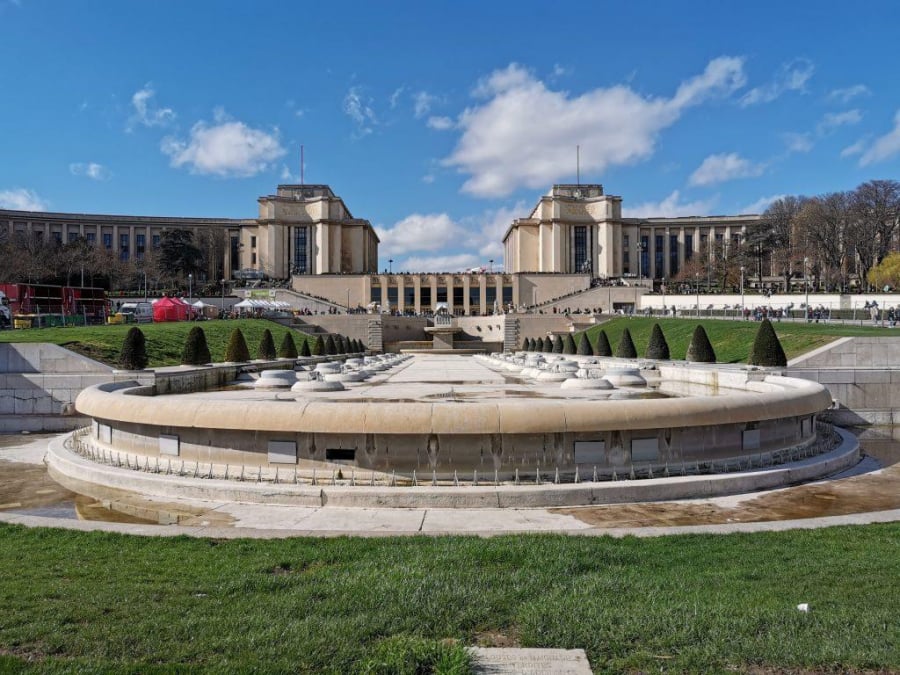
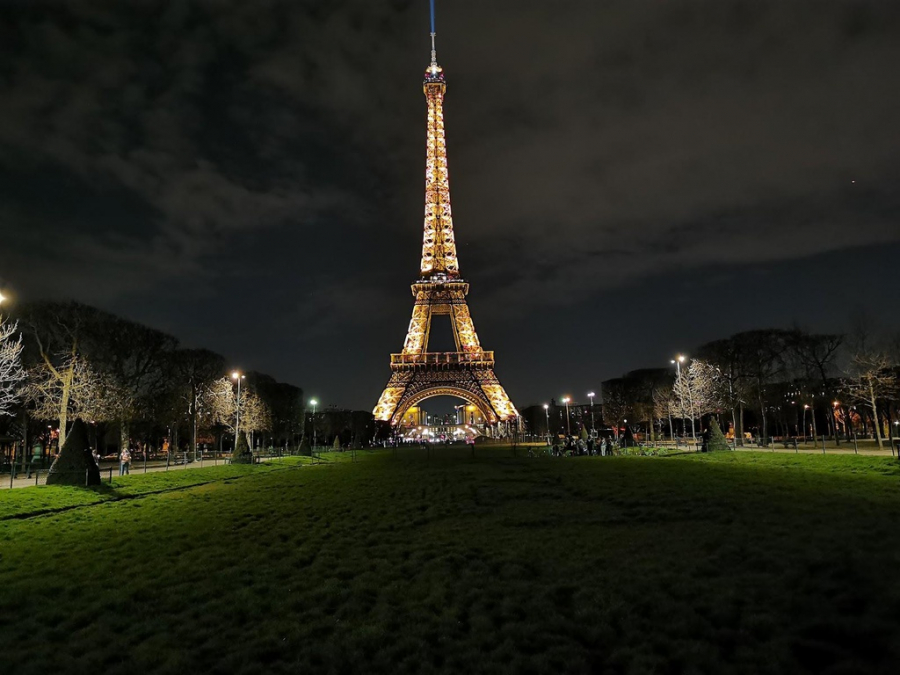
Image taken with Huawei P30 Pro
In addition, the attraction of the camera in this phone is the Pro setting mode. This allows users to freely change the camera settings like you use a digital camera. If you like to use a camera with a wide view and want to freely change the aperture and shutter speed, this is the phone for you.
Motorola One series
- Great for: Simple landscape photography, selfies, video recording
- Disadvantages: slow focus, image quality is significantly lower than other high-end models
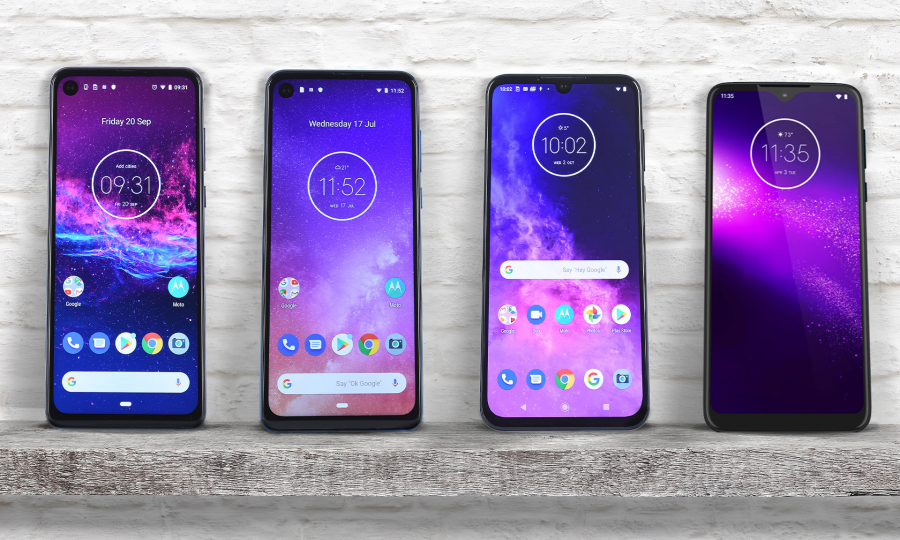
The American smartphone maker has given some options for those who are particularly interested in cameras with three lines of phones focusing on photography functions: Zoom, Macro and Action, each with a different purpose. While Macro focuses on close-up photography, Zoom is more about long-range photography with optical magnification. And Zoom also has a wide-angle lens that helps you capture large, comprehensive images.
Motorola's Action line is great for travel videos, with image stabilization built in. This means you can freely pan and tilt the camera without worrying about affecting what you're recording.


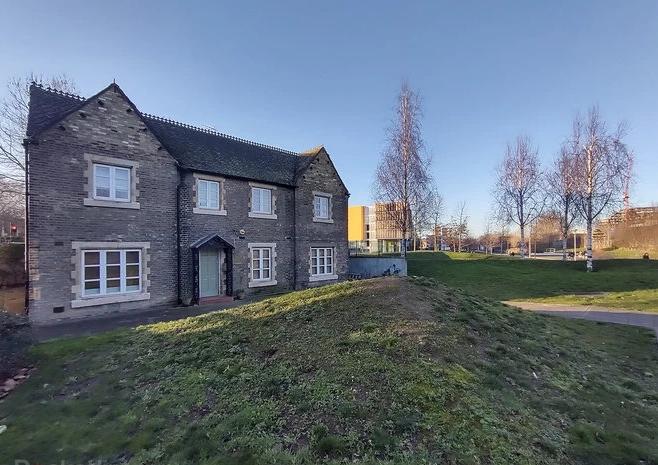
Images captured with Motorola One Action and Motorola Zoom
However, the downside of these three phones is that the camera can sometimes be slow to focus, especially for images with moving objects. Besides, these phones also do not perform well in low light conditions, so use the Motorola One series to take photos when you go to sunny places. With prices starting from only 200 EUR (about more than 6 million VND), the Motorola One series offers quite good image quality and so they are a safe choice for those who want to save money and invest more in travel.
Google Pixel 4
- Great for: landscapes, night shots, portraits
- Cons: Costs nearly £700
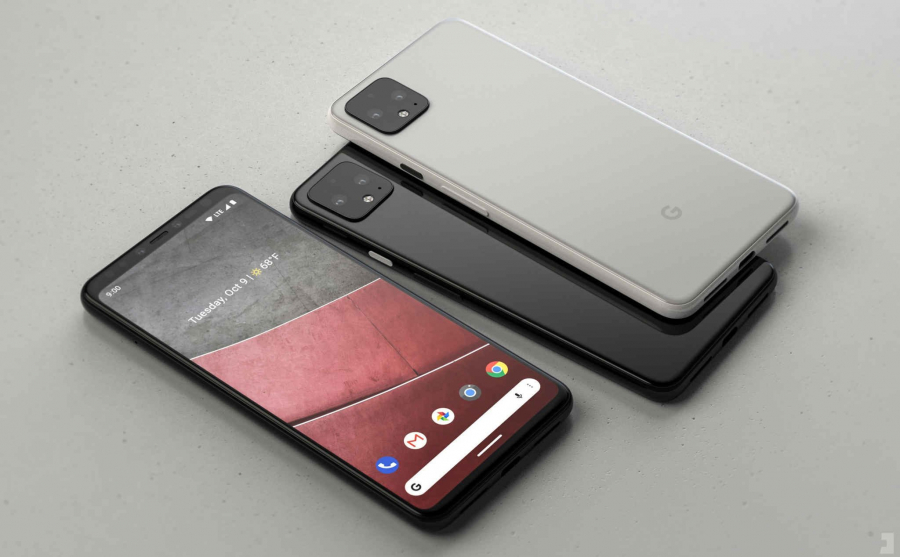
Google has long been at the forefront of the smartphone camera game, and the Pixel 4 is no exception. The phone costs £700, so it’s not exactly a bargain. But for that money, you get a very good camera that excels in all lighting conditions.
The device's night mode is far superior to previous smartphones, and can even capture the stars in the sky in the right conditions. There's also an option to adjust the exposure on certain parts of the landscape before you press the shutter button, making it easier to capture backlit subjects in focus. The Pixel 4 is therefore perfect for sunset or sunrise shots.

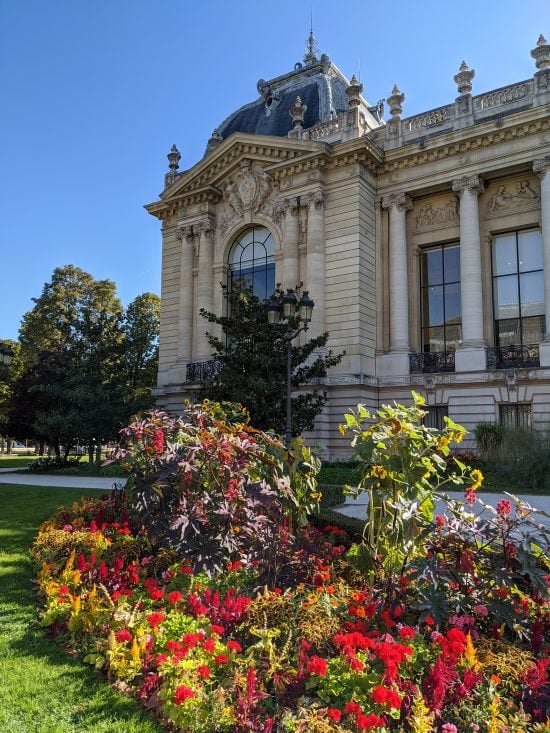
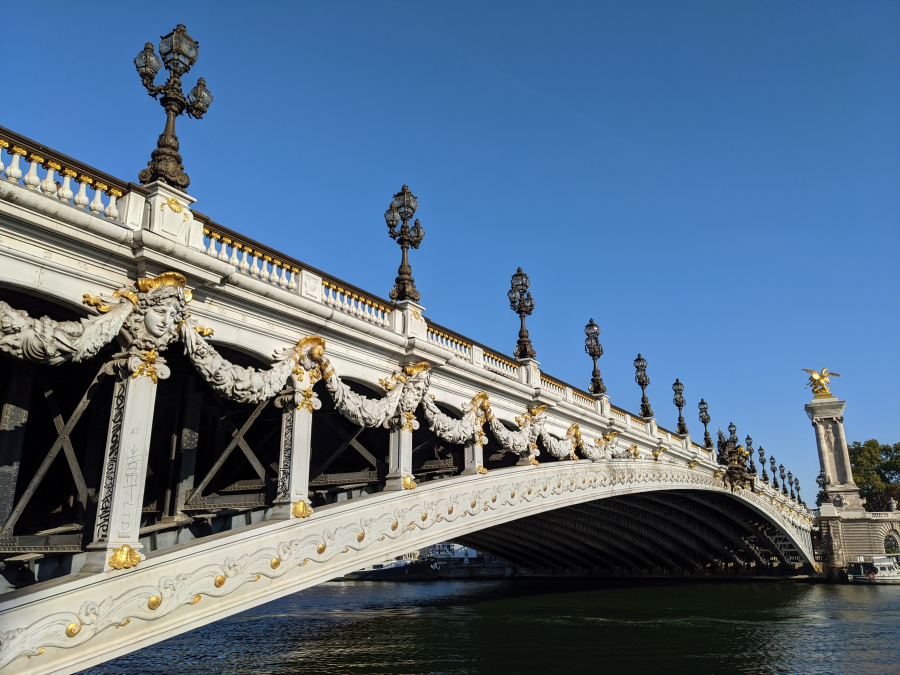
Image taken with Google Pixel 4
Pixel 4's portrait mode uses artificial intelligence technology to automatically calculate the depth of the image on the dual camera. In addition, unlimited storage on Google's cloud service helps you save images and data without worrying about filling up your phone's memory.
iPhone 11 Pro
- Great for: an all-around photography tool
- Cons: Costs over £1,000 and limitations of the Apple ecosystem

Apple's iPhone 11 Pro has a fantastic camera with three 12 MP lenses that offer a great photography experience. You can switch to wide angle for epic landscape shots or zoom in with the telephoto lens to get close and personal with your subject, which is great for safari and wildlife photography. The iPhone 11 Pro has an incredibly fast processor, especially in low light. Night mode is automatically activated when it senses low light, unlike the Pixel, which requires manual operation.
The front selfie camera is also 12 MP, which means you can shoot selfie videos with the front camera in 4K quality as well as with the rear camera. The iPhone 11 Pro is even waterproof, so you don't have to worry about taking it to the pool or beach.
